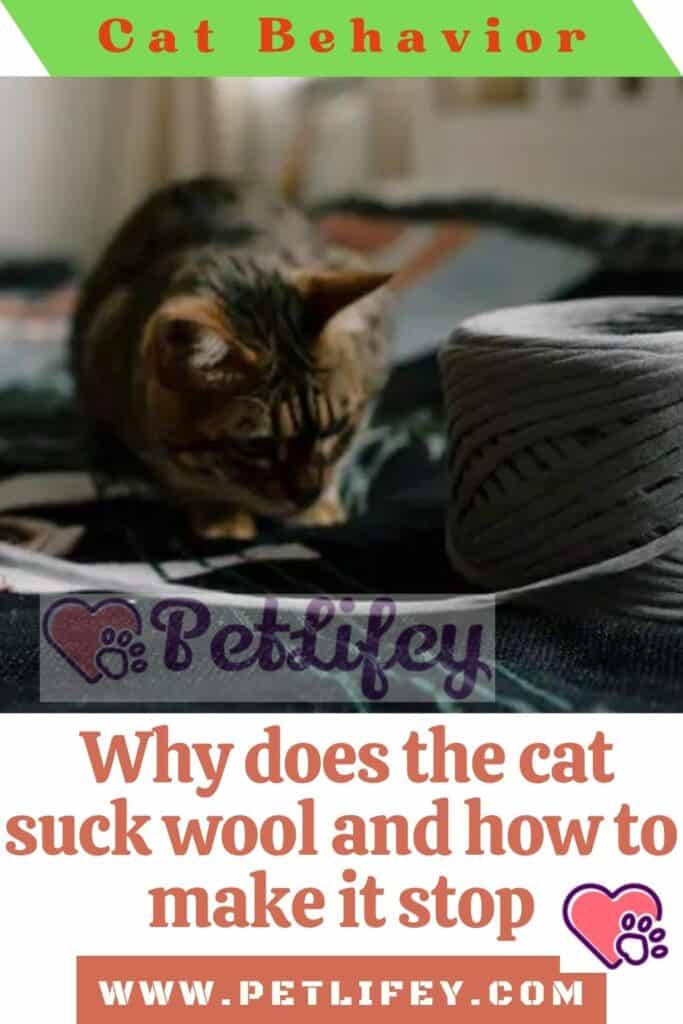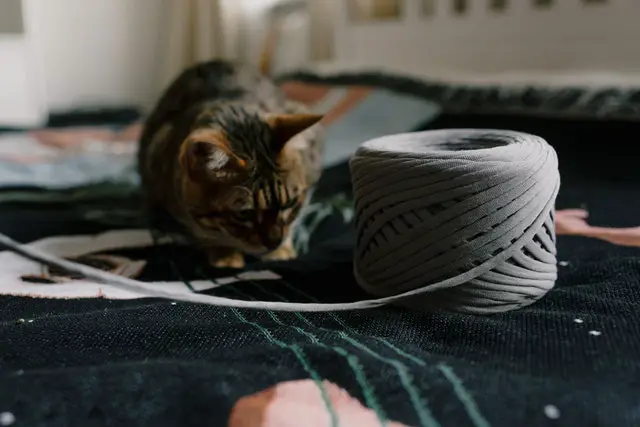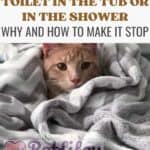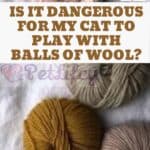
Why does the cat suck wool? The reasons can be numerous and of different nature. Let’s find out the causes and remedies together
For cats, the sucking of wool can be a habit that you have as puppies and that continues once they grow up, or a behavior that occurs as adults at a precise moment in their life.
The reasons that lead cats to “suck” wool can be many: in this article we offer an overview of the possible causes of this behavior and suggestions to help your feline to stop this practice.
Because the cat sucks the wool
One of the main reasons behind sucking on the soft tissue could be related to an emotional need on the part of the cat, prematurely estranged from its mother. As we have already seen previously, a newborn cat needs to be nursed by its mother for up to at least 8 weeks: if this does not happen, the kitten could seek the warmth it needs from the wool, which would become a sort of “surrogate mother”.
In this case, kneading with alternating movements of the paws could make us think that the cat is trying to stimulate the production of milk, confirming the hypothesis of having mistaken the piece of fabric for a fake mother.
There could also be a genetic reason: sucking wool is more frequent in some oriental breeds, such as the Siamese and Burmese, which require a longer weaning period.
Sucking wool could also be caused by stress: changes in the environment, new arrivals in the home, changes in accommodation or the death of a family member, be it a human or a feline, could be important factors to consider in this regard sense. The cat could in fact find a feeling of relief and well-being in sucking, by virtue of the fact that on this occasion there seems to be a release from the brain of seratonin, useful for this purpose.
A further origin of this habit could then be attributable to a food shortage: some cats would tend to fall back on wool because they cannot find other food to fill their stomach. It is therefore important to make sure that our cat always has a bowl with dry food available, in order to reduce or eliminate the obsessive-compulsive behavior of eating wool.
How to solve the wool sucking problem

First of all, it is essential to try to educate the cat, avoiding punishing or repressing this behavior but at the same time being careful not to let our friend ingest threads or lint that could be dangerous for his health. For example, we could try to distract him, offering him alternative solutions and pastimes such as balls, scratching posts or other toys to study and explore.
Another solution could be to eliminate the temptation by removing all its normal “targets”, such as blankets, throws and woolen clothes.
If we assume that the behavior is related to anxiety, we should first try to remove or at least limit the source of the same. In these cases it could also be considered the administration of natural anti-stress, such as flower essences, or groped with homeopathic remedies, and then switch to more specific drugs (anxiolytics or antidepressants) following consultation with the veterinarian.
Conclusions
Ultimately, the practice of sucking wool can intrigue or worry the owners, as it could cause serious problems for our cat: the wool threads, after being sucked for a long time, risk being swallowed and causing an intestinal blockage with serious consequences for the animal.
Our advice is to try to change your cat’s mental state to help him stop taking a childish and potentially harmful action. In case of failures and difficulties, it is advisable to contact a specialist to understand with certainty the origin of the need to suck wool and the possible countermeasures to be adopted.






